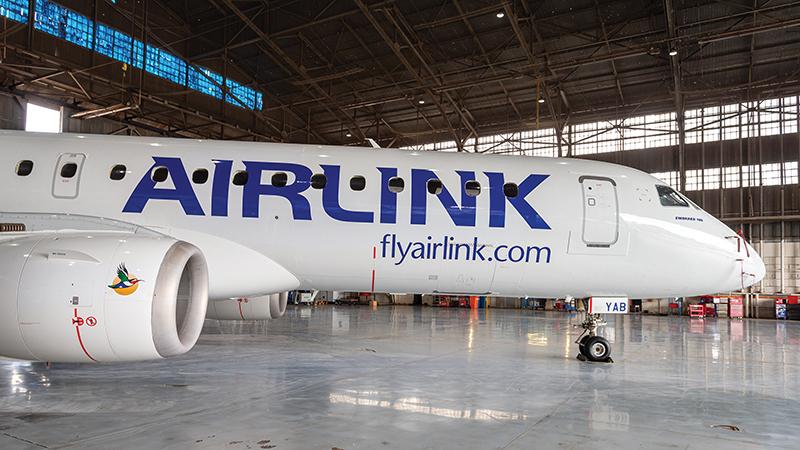Qatar Airways Investment Could Bring Airlink MRO Growth Opportunities

Airlink just leased its fourth E175 and appears to be interested in narrowbody acquisitions.
Credit: Airlink
Qatar Airways recently acquired a 25% stake in Airlink, bolstering the South African regional carrier’s ambitions to grow operations across the continent. The immediate focus is on aligning networks, schedules and frequent-flyer programs, so it is likely too early to determine the implications of...
Qatar Airways Investment Could Bring Airlink MRO Growth Opportunities is part of our Aviation Week & Space Technology - Inside MRO and AWIN subscriptions.
Subscribe now to read this content, plus receive full coverage of what's next in technology from the experts trusted by the commercial aircraft MRO community.
Already a subscriber to AWST or an AWIN customer? Log in with your existing email and password.





